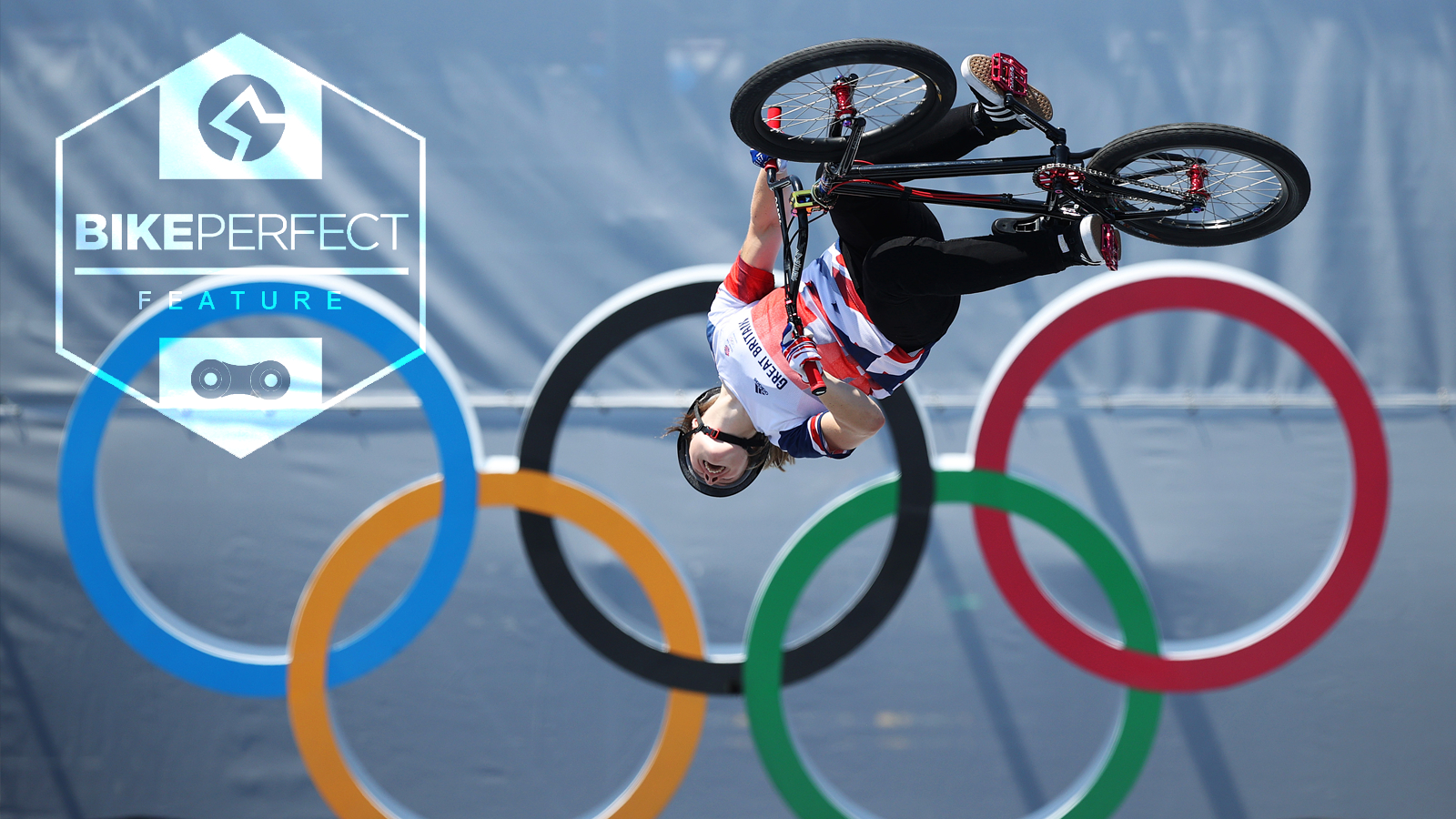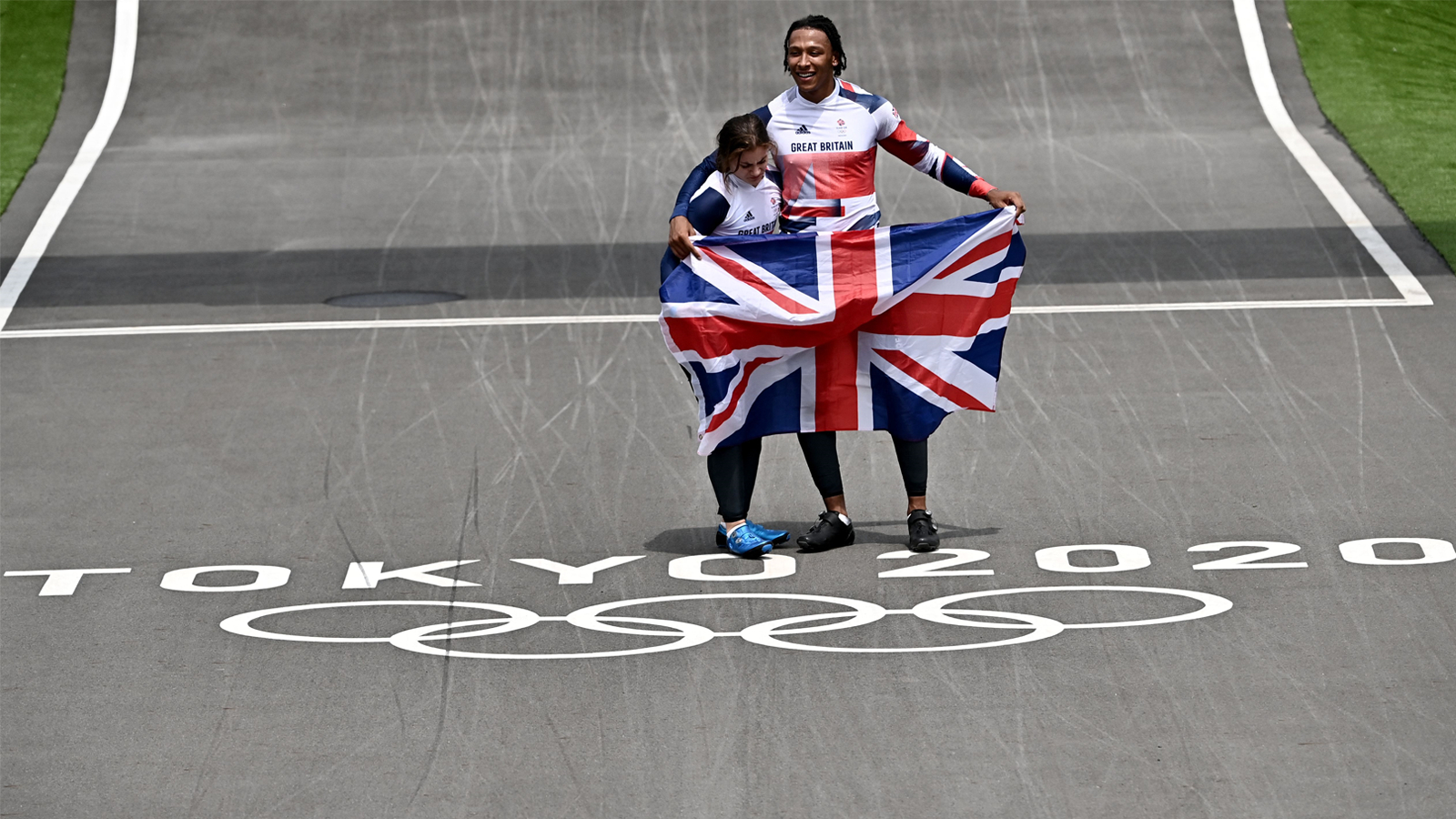Bespoken Word: Let's talk about BMX
Guy Kesteven pays homage to BMX's role in the growth of mountain biking

Olympic BMX has rightfully dominated the headlines in the UK this week, but mountain biking has owed its smaller wheeled siblings a lot since the very start in terms of both tech and talent.
Pidcock’s Gold was a fantastic achievement in terms of athletic performance and silk smooth skills and it’s undoubtedly going to have some positive effect on people thinking about giving mountain biking a go. But then again, if one of the favorites in the race can take a horrific-looking dive off a massive rock almost straight away and everyone apart from Pidcock looks like they’re in a follow the leader pain parade from the first few minutes of over an hour of racing maybe, just maybe it’s not that enticing to your average kid. Plus if you’re going off the Olympics you clearly have to have a really fancy bike and have a special course to race on.
BMX, on the other hand, is less than a minute long and while you only need to have watched how long it took Beth Shriever to recover from her gold medal effort to realize how exhausting it is, it looks like a really fun, exciting, rush of a race. The best BMX bikes are pretty affordable and basic BMX bikes are about as cheap as you can get, they’re designed to be crash-proof and they’re mechanically simple too so they’ll be rideable more of the time even under the most careless beginner. Kye Whyte’s background riding and training with the legendary CK Flash MBE at the Peckham BMX track in inner-city London shows how accessible the sport is geographically and culturally too.

Having got my choice of riding acronym wrong as a kid (I went CTC - Cyclist’s Touring Club not BMX) I’m painfully aware of how useful basic BMX skills are on a mountain bike. I’m not even talking about all the crazy freestyle stuff but damn I wish I’d learned how to hit or squash jumps and generally be comfortable in the air, how to rip a berm and pump a rhythm section when I was rubbery enough to suck up the inevitable mistakes and brave enough to risk making them.
You can see the influence of BMX riders clearly in MTB too. US legend John Tomac totally revolutionized mountain bike racing when he hit the scene in the early 90s with an aggressive style and skill level way ahead of anyone else that saw him dominate both XC and the early days of DH. Other top-level BMXers like Dave Cullinan, Brian Lopes, Eric Carter, Anne Caroline Chausson and Steve Geall in the UK also had a big influence on the progression of downhill mountain biking. The importance of fitness and racecraft even over 30-45 seconds is shown by the fact that even XC legend Tinker Juarez and current Dutch ‘all cycling’ powerhouse Mathieu Van Der Poel started their racing careers on 20in wheels too.
Not only did the BMX riders influence skill levels but as soon as purpose-built mountain bike trails and parks appeared BMX-style features became a big part of the MTB landscape. And again that’s because berms, jumps and broad, groomed trails with easy access back to the top look and feel a lot more fun to normal people than linking together slippery, sketchy animal tracks on distant woods and moors which is what MTB had mostly been until then. As Freeride and Slopestyle developed the lines between BMX and MTB blurred even further in terms of riders, skills, terrain and tech.
The combination of stylish riders shredding cool-looking, easily accessible landscapes makes for great images and videos too. So while they’ll always be a place for wafting ferns, mist wrapped Canadian forests and a tiny rider in a mahoosive mountain landscape in MTB media if you wanted to grab the attention of a young potential rider I know I’d pick Crankworks footage and save the lesson on ‘the joys of map reading’ until later.

Don’t underestimate the role BMX tech and the industry based around it played in the early days of MTB either. Yes, Dutch kids were racing vaguely modified roadsters through woods and rough earth jumps in front of tens of thousands of spectators in between Moto Cross races in the later 1950s but it was 70s California that really kicked off BMX. That meant companies like Profile and Cook Bros were perfectly placed to help out the early clunker builders when it came to strong, race-proven forks, cranks, pedals etc. to upgrade their rapidly disintegrating cruisers. Japanese companies like Araya, Shimano, Suntour and Dia Compe had also used BMX as a beachhead into the global bike market and so getting behind the new sport of MTB was a no-brainer. That early adoption also transferred up into the bike industry where BMX based distributors, brands and event promoters jumped onto the bigger wheeled dirt bike bandwagon a lot faster than most road based companies
BMX (and Moto-X) photographers like Dean Bradley were the ones documenting the early days of MTB too so the imagery was similarly young, fresh and exciting. This in turn attracted new riders and sponsors into an upward spiral of growth that rapidly grew into the twister that ripped right through the established bike scene.
So as mountain biking struggles with its current limited social and ethnic demographic and gravel hijacks it’s traditional ‘exploring’ vibe (and thankfully makes my youthful CTC wisdom relevant again) let’s give BMX the massive thanks and recognition it deserves and hope some of that reflected medal glory shines on the future of mountain biking too.

Guy Kesteven has been working on Bike Perfect since its launch in 2019. He started writing and testing for bike mags in 1996. Since then he’s written several million words about several thousand test bikes and a ridiculous amount of riding gear. He’s also penned a handful of bike-related books and he reviews MTBs over on YouTube.
Current rides: Cervelo ZFS-5, Specialized Chisel, custom Nicolai enduro tandem, Landescape/Swallow custom gravel tandem
Height: 180cm
Weight: 69kg
